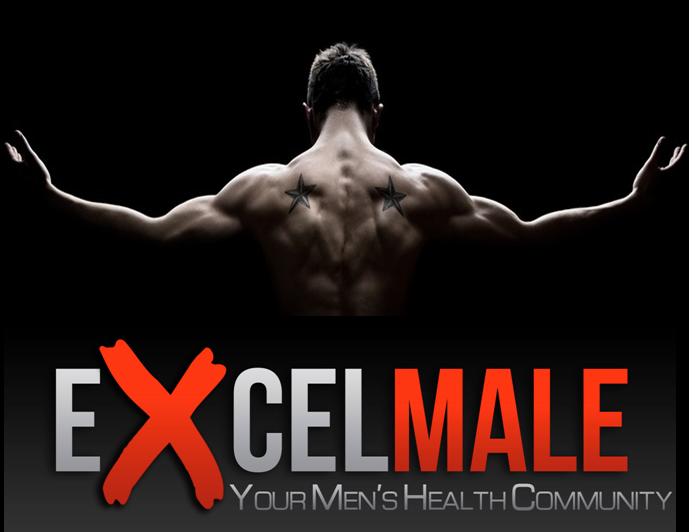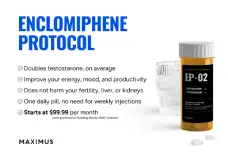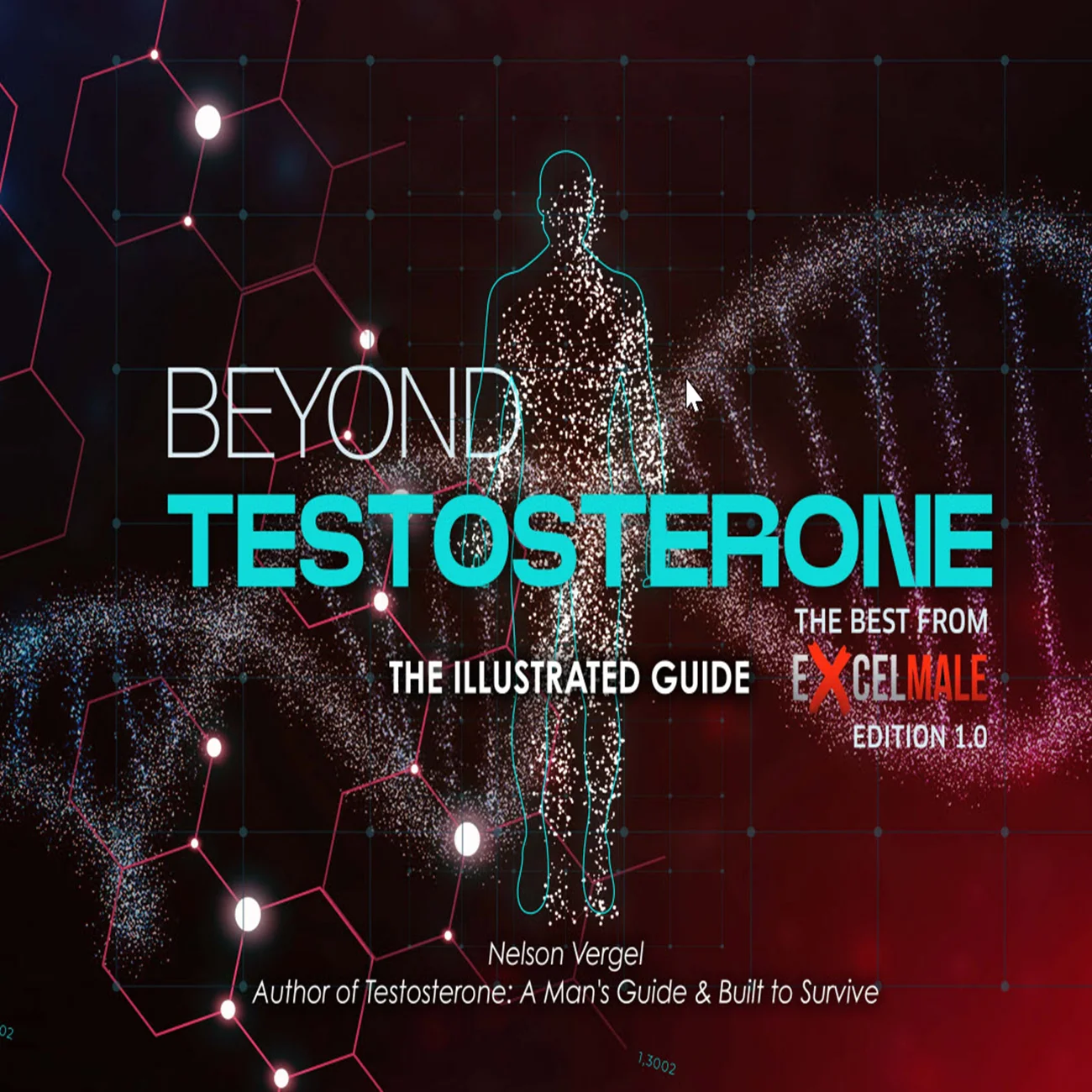Oxandrolone is a man-made anabolic androgenic agent that has been studied by doctors for more than 30 years, mostly because it might help treat catabolic disorders and chronic wasting conditions like alcoholic hepatitis, severe burn injuries, trauma, neuromuscular disorders, and wasting caused by HIV/AIDS. This review aims to provide a comprehensive insight into the clinical utility, structural and functional characteristics, and risk-benefit considerations of oxandrolone based on a range of studies and clinical trials.

Clinical Evidence of Efficacy: Numerous research investigations have substantiated the effectiveness of oxandrolone in promoting weight gain and maintaining body mass in individuals afflicted with wasting disease and other conditions. The findings from these studies reveal a marked improvement in counteracting involuntary weight loss, a condition with potentially fatal consequences, thereby enhancing the quality of life for patients. These studies indicate a significant improvement in reversing unintentional weight loss that can lead to death and improve the quality of life for patients with minimal adverse effects, challenging the initial concerns leading to the withdrawal.
1. Overview and Clinical Efficacy:
Oxandrolone exhibits both anabolic and androgenic activity due to its derivative nature from the parent hormone testosterone. As an orally administered C17α-alkylated agent, oxandrolone is designed to resist liver metabolism and has a distinct chemical structure that confers high anabolic activity with relatively fewer androgenic effects.
Clinically, oxandrolone has shown significant efficacy in improving body composition, strength, functional capacity, and overall recovery from acute catabolic injuries. Notably, it is the only anabolic agent that the US FDA has approved for preventing weight loss due to severe trauma, extensive surgery, chronic infections, and particular muscular dystrophies. The compound is generally well-tolerated. The most reported side effects are short-lived and reversible changes in liver enzyme levels and lipid profiles. These are not the severe liver damage that is common with other oral agents. It is important to note that oxandrolone is not administered as a prolonged treatment; rather, physicians prescribe it for a finite duration until the desired weight gain and therapeutic benefits are achieved.
2. Specific Clinical Applications:
a. Catabolic Disorders: Oxandrolone has been beneficial for patients with various catabolic illnesses, including alcoholic liver disease and severe burn injuries. Studies report significant improvements in body composition, decreased catabolism, increased muscle protein synthesis, and enhanced recovery rates, contributing to better survival outcomes compared to controls. The treatment appears to have minimal toxicity, mainly causing transient mild elevations of liver enzymes.
b. HIV/AIDS-Associated Wasting: Several studies focusing on HIV/AIDS-associated wasting have observed positive outcomes with oxandrolone treatment. Improvements were noted in body composition, muscle function, and nutritional status, with some studies suggesting even better results when oxandrolone was combined with resistance training. These outcomes highlight the potential of oxandrolone in managing chronic wasting conditions prevalent in HIV/AIDS patients.
3. Patient Demographics
Oxandrolone has been widely studied for its clinical use in various catabolic conditions across different demographic groups. The following reviews the clinical applications of oxandrolone in children, women, and men, focusing on its efficacy, safety, and therapeutic outcomes in treating catabolic conditions.
Oxandrolone in Children
In children suffering from catabolic states, such as severe burns or growth retardation, oxandrolone has shown promising results. Studies indicate that oxandrolone, combined with structured exercise or other therapies, improves physical function, safety, and recovery in pediatric patients with severe burns and other catabolic conditions (Wischmeyer et al., 2020). It has also been proven beneficial in enhancing height, bone mineral content, and muscle strength in children suffering from severe burns up to 5 years post-burn (Porro et al., 2012). Moreover, in cases of uncomplicated growth retardation, oxandrolone significantly accelerates height age more than skeletal maturation (Limbeck et al., 1971).
Oxandrolone in Women
In women with catabolic conditions, oxandrolone has been used to preserve lean mass. It has been specifically effective in conditions such as Turner syndrome, where a low dose of 0.03 mg/kg per day increases adult height gain with minimal side effects (Freriks et al., 2012). Additionally, the drug has been indicated for use in severe thermal injury to improve wound healing and restore lean body mass (Miller et al., 2009). However, it is important to note that while its benefits include enhancing body composition, its use must be monitored for potential side effects.
Oxandrolone in Men
Oxandrolone has a long-standing history of clinical use in men with catabolic conditions, including burn injuries, HIV-related muscle wasting, and other wasting conditions (Orr & Fiatarone Singh, 2012). Its anabolic effects have been demonstrated in enhancing protein synthesis and body weight in HIV-infected men with weight loss (Grunfeld et al., 2006). Furthermore, oxandrolone has been shown to improve wound healing and reduce hospital stays in burn patients (Ring et al., 2019).
4. Reevaluation of Safety Profile: New long-term studies and reviews by international regulatory bodies suggest that the side effects that were once linked to oxandrolone are much less common or severe when the drug is used under close medical supervision and at therapeutic doses. We contend that the initial safety concerns are based on outdated or misinterpreted data and do not reflect the drug's current safety profile when used appropriately.
Citations:
Clinical Evidence of Efficacy: Numerous research investigations have substantiated the effectiveness of oxandrolone in promoting weight gain and maintaining body mass in individuals afflicted with wasting disease and other conditions. The findings from these studies reveal a marked improvement in counteracting involuntary weight loss, a condition with potentially fatal consequences, thereby enhancing the quality of life for patients. These studies indicate a significant improvement in reversing unintentional weight loss that can lead to death and improve the quality of life for patients with minimal adverse effects, challenging the initial concerns leading to the withdrawal.
1. Overview and Clinical Efficacy:
Oxandrolone exhibits both anabolic and androgenic activity due to its derivative nature from the parent hormone testosterone. As an orally administered C17α-alkylated agent, oxandrolone is designed to resist liver metabolism and has a distinct chemical structure that confers high anabolic activity with relatively fewer androgenic effects.
Clinically, oxandrolone has shown significant efficacy in improving body composition, strength, functional capacity, and overall recovery from acute catabolic injuries. Notably, it is the only anabolic agent that the US FDA has approved for preventing weight loss due to severe trauma, extensive surgery, chronic infections, and particular muscular dystrophies. The compound is generally well-tolerated. The most reported side effects are short-lived and reversible changes in liver enzyme levels and lipid profiles. These are not the severe liver damage that is common with other oral agents. It is important to note that oxandrolone is not administered as a prolonged treatment; rather, physicians prescribe it for a finite duration until the desired weight gain and therapeutic benefits are achieved.
2. Specific Clinical Applications:
a. Catabolic Disorders: Oxandrolone has been beneficial for patients with various catabolic illnesses, including alcoholic liver disease and severe burn injuries. Studies report significant improvements in body composition, decreased catabolism, increased muscle protein synthesis, and enhanced recovery rates, contributing to better survival outcomes compared to controls. The treatment appears to have minimal toxicity, mainly causing transient mild elevations of liver enzymes.
b. HIV/AIDS-Associated Wasting: Several studies focusing on HIV/AIDS-associated wasting have observed positive outcomes with oxandrolone treatment. Improvements were noted in body composition, muscle function, and nutritional status, with some studies suggesting even better results when oxandrolone was combined with resistance training. These outcomes highlight the potential of oxandrolone in managing chronic wasting conditions prevalent in HIV/AIDS patients.
3. Patient Demographics
Oxandrolone has been widely studied for its clinical use in various catabolic conditions across different demographic groups. The following reviews the clinical applications of oxandrolone in children, women, and men, focusing on its efficacy, safety, and therapeutic outcomes in treating catabolic conditions.
Oxandrolone in Children
In children suffering from catabolic states, such as severe burns or growth retardation, oxandrolone has shown promising results. Studies indicate that oxandrolone, combined with structured exercise or other therapies, improves physical function, safety, and recovery in pediatric patients with severe burns and other catabolic conditions (Wischmeyer et al., 2020). It has also been proven beneficial in enhancing height, bone mineral content, and muscle strength in children suffering from severe burns up to 5 years post-burn (Porro et al., 2012). Moreover, in cases of uncomplicated growth retardation, oxandrolone significantly accelerates height age more than skeletal maturation (Limbeck et al., 1971).
Oxandrolone in Women
In women with catabolic conditions, oxandrolone has been used to preserve lean mass. It has been specifically effective in conditions such as Turner syndrome, where a low dose of 0.03 mg/kg per day increases adult height gain with minimal side effects (Freriks et al., 2012). Additionally, the drug has been indicated for use in severe thermal injury to improve wound healing and restore lean body mass (Miller et al., 2009). However, it is important to note that while its benefits include enhancing body composition, its use must be monitored for potential side effects.
Oxandrolone in Men
Oxandrolone has a long-standing history of clinical use in men with catabolic conditions, including burn injuries, HIV-related muscle wasting, and other wasting conditions (Orr & Fiatarone Singh, 2012). Its anabolic effects have been demonstrated in enhancing protein synthesis and body weight in HIV-infected men with weight loss (Grunfeld et al., 2006). Furthermore, oxandrolone has been shown to improve wound healing and reduce hospital stays in burn patients (Ring et al., 2019).
4. Reevaluation of Safety Profile: New long-term studies and reviews by international regulatory bodies suggest that the side effects that were once linked to oxandrolone are much less common or severe when the drug is used under close medical supervision and at therapeutic doses. We contend that the initial safety concerns are based on outdated or misinterpreted data and do not reflect the drug's current safety profile when used appropriately.
Citations:
- Clinical Efficacy of Oxandrolone:
- The anabolic androgenic steroid oxandrolone in the treatment of wasting and catabolic disorders: review of efficacy and safety
- The Anabolic Androgenic Steroid Oxandrolone in the Treatment of Wasting
- Approved Pharmacologic Interventions for Wasting: An Overview
- Neuroregenerative Effect of Oxandrolone: A Case Report
- Oxandrolone - ResearchGate
- Oxandrolone Improves Height Velocity and BMI in Patients with Cystic Fibrosis
- Specific Clinical Applications of Oxandrolone:
- In Children:
- Five-Year Outcomes after Oxandrolone Administration in Severely Burned Children
- Effects of long-term oxandrolone administration in severely burned children
- Oxandrolone Therapy in Growth Retardation of Children
- Evaluation of the Effects of Oxandrolone on Malnourished HIV-Positive Pediatric Patients
- Safety and Efficacy of Oxandrolone in Growth Hormone-Treated Girls with Turner Syndrome: Evidence from Recent Studies and Recommendations for Use
- A randomized efficacy and safety trial of oxandrolone in the treatment of Duchenne dystrophy
- The Long-Term Effect of Oxandrolone on Hepatic Acute Phase Proteins in Severely Burned Children
- In Women:
- Oxandrolone for growth hormone-treated girls aged up to 18 years with Turner syndrome
- Oxandrolone for Management of Hypercatabolism in Severe Burns
- Oxandrolone Augmentation of Resistance Training in Older Women: A Randomized Trial
- In Men:
- Reevaluation of the Safety Profile:
- The efficacy and safety of oxandrolone treatment for patients with severe burns
- A Reappraisal of Oxandrolone in Burn Management
- Oxandrolone in the Treatment of Burn Injuries: A Systematic Review
- Effects Of Oxandrolone On Lean Body Mass (Lbm) In Severe Burn Patients
- Long-Term Administration of Oxandrolone Improves Lung Function in Pediatric Burn Patients
Last edited:















